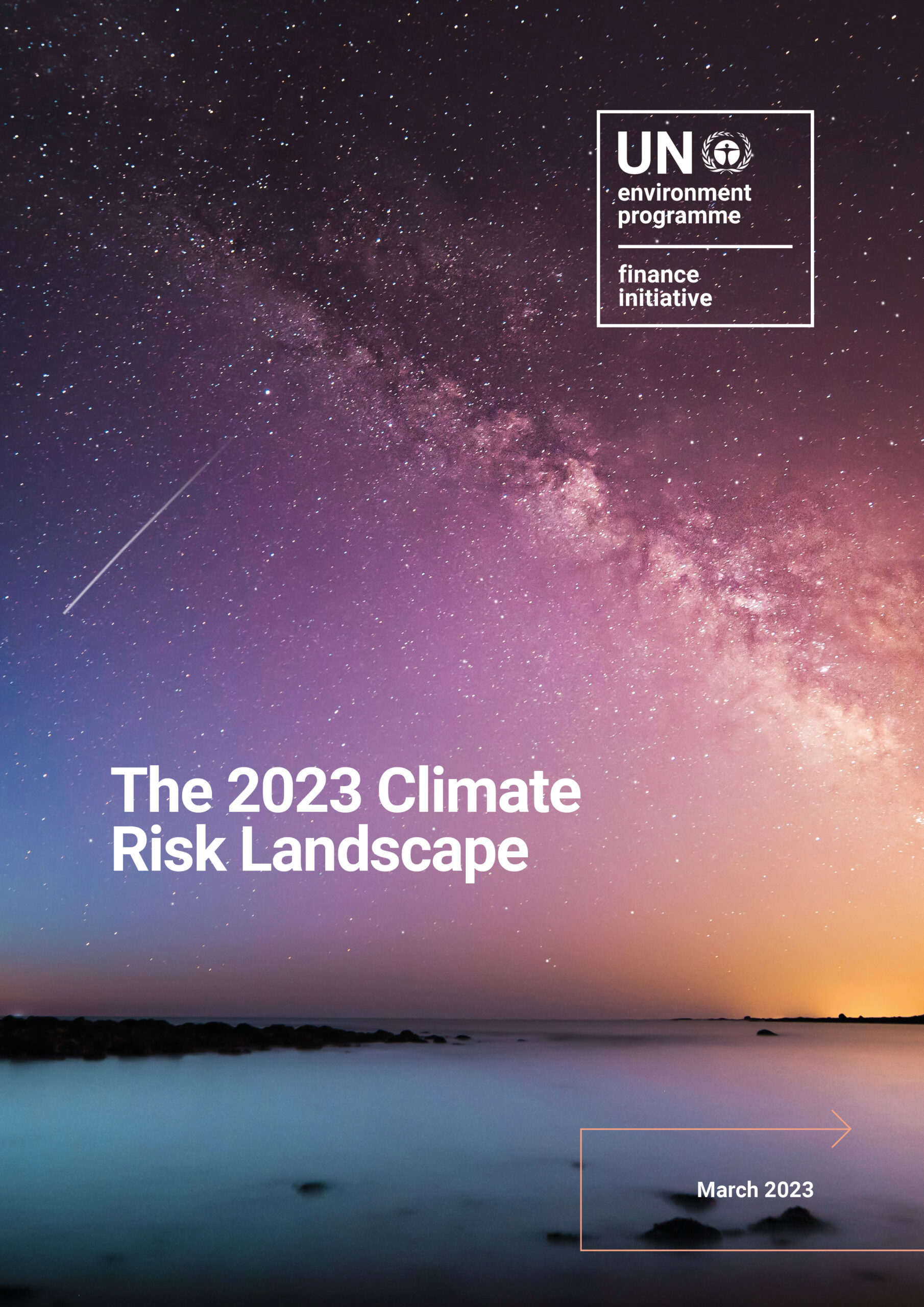- Following momentum of latest Progress Report, the UN-convened Net-Zero Asset Owner Alliance strengthens guidance and offers practical tools for asset owners to meet two key HLEG recommendations.
- Policy Engagement Guidelines set the direction for all members and net-zero asset owners to actively align their policy engagement practices with their climate commitments.
- A Tool for Developing Credible Transition Plans enables members to draw on their Alliance activities to develop transition plans.
Geneva, 5 December 2023 – With COP28 underway in the UAE, the UN-Convened Net-Zero Asset Owner Alliance makes strides on two crucial, but often challenging, elements for working on net-zero commitments—creating a transition plan and aligning lobbying and advocacy.
Meeting individual net-zero commitments will remain out of reach for institutional investors without an enabling policy environment. Thus, with its Policy Engagement Guidelines, the Alliance encourages members to integrate four policy engagement principles that would advance their climate commitments.
The four principles define what a net-zero-aligned approach to public policy engagement and advocacy looks like. Such an approach is
- accountable, with members’ activity reflecting the interest of its stakeholders;
- active, as it assists policymakers in finding solutions to transition challenges and developing policy;
- consistent, as engagements should be in line with individual member’s own net-zero commitments;
- and transparent, as members should be able to explain how they ensure their engagement with public policy debates are consistent with their climate commitments.
“It’s critical that asset owners work to drive an enabling policy environment, without which it would be impossible for investors to fulfil their net-zero commitments. The Alliance’s new Policy Engagement Guidelines encourage members in this regard.”
“On a company level, credible climate transition plans will be key, as they drive capital allocation and climate risk management. To address ambiguity, as guidelines and standards are evolving, the Alliance’s Tool for Developing Credible Transition Plans breaks down the steps for creating a transition plan for asset owners and shows how members are already well-positioned to do so.“
Günther Thallinger, Board Member, Allianz SE and Chair, Net-Zero Asset Owner Alliance
Meanwhile, A Tool for Developing Credible Transition Plans: Public edition for asset owner pilot-testing sets out practical steps for both developing and evaluating transition plans—recognising asset owners’ dual role as both preparers and users. To capitalise on a great deal of overlap between commonly required disclosures and the existing Alliance member activities, the paper provides guidance for mapping Alliance members’ activities against five robust transition plan frameworks.
Combined, these two releases contribute to the credibility of Alliance members’ net-zero commitment. The publications equip asset owners with the necessary tools to reflect the recommendations set out by the Secretary-General’s High Level Expert Group on the Net-Zero Emissions Commitments of Non-State Entities (HLEG) on aligning lobbying and advocacy to climate commitments and developing transition plans (HLEG recommendations 4 and 6 respectively) in their work.
About the UN-convened Net-Zero Asset Owner Alliance
The UN-convened Net-Zero Asset Owner Alliance (the Alliance) is a member-led initiative of 87 institutional investors, with US$9.5 trillion in assets under management, committed to transitioning their investment portfolios to net-zero GHG emissions by 2050. The Alliance members were the first in financial industry to set intermediate targets (aligned with the Paris Agreement schedule) and they report on their progress annually. The Alliance is convened by UNEP FI and PRI, and is supported by WWF and Global Optimism.


